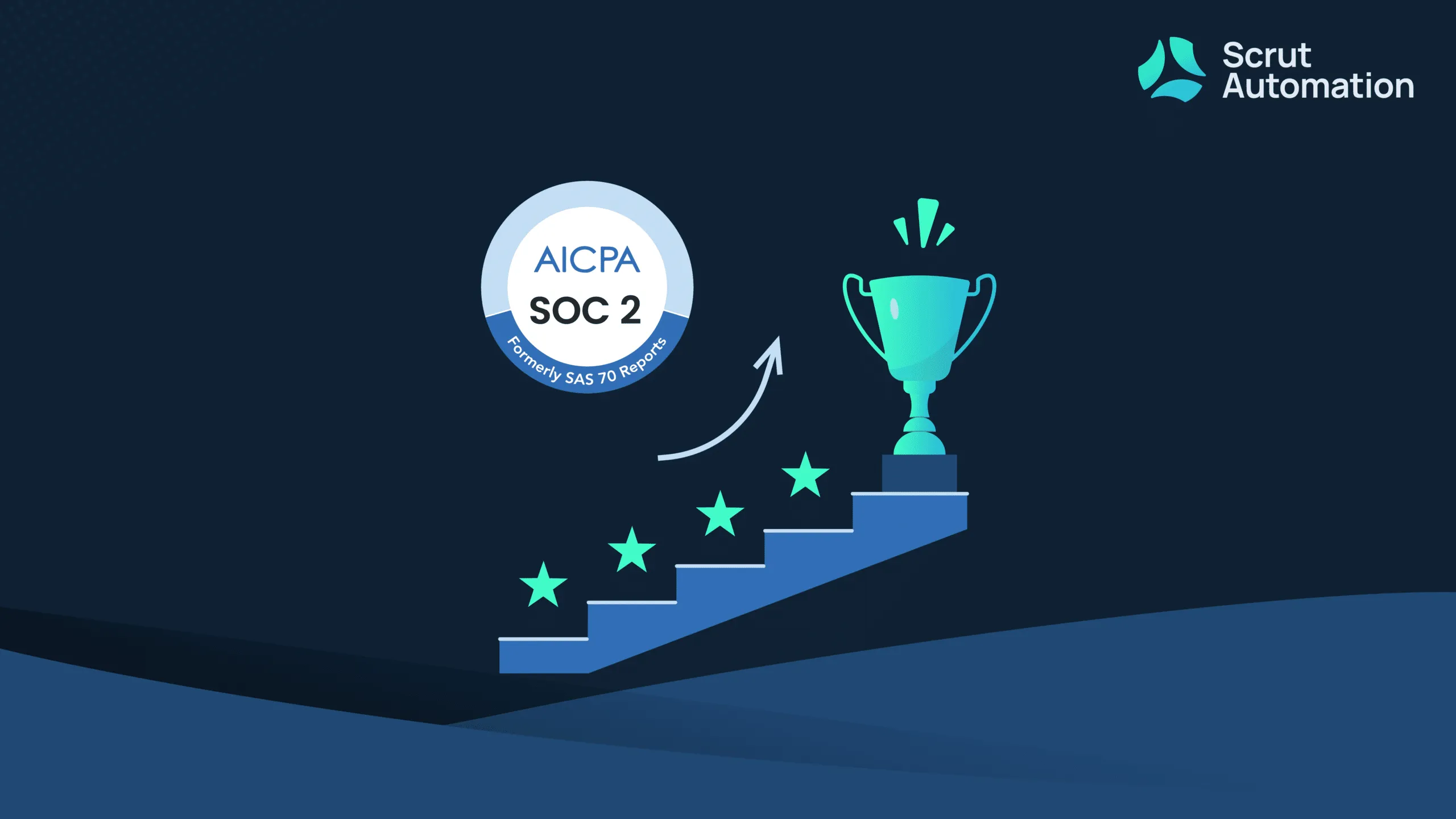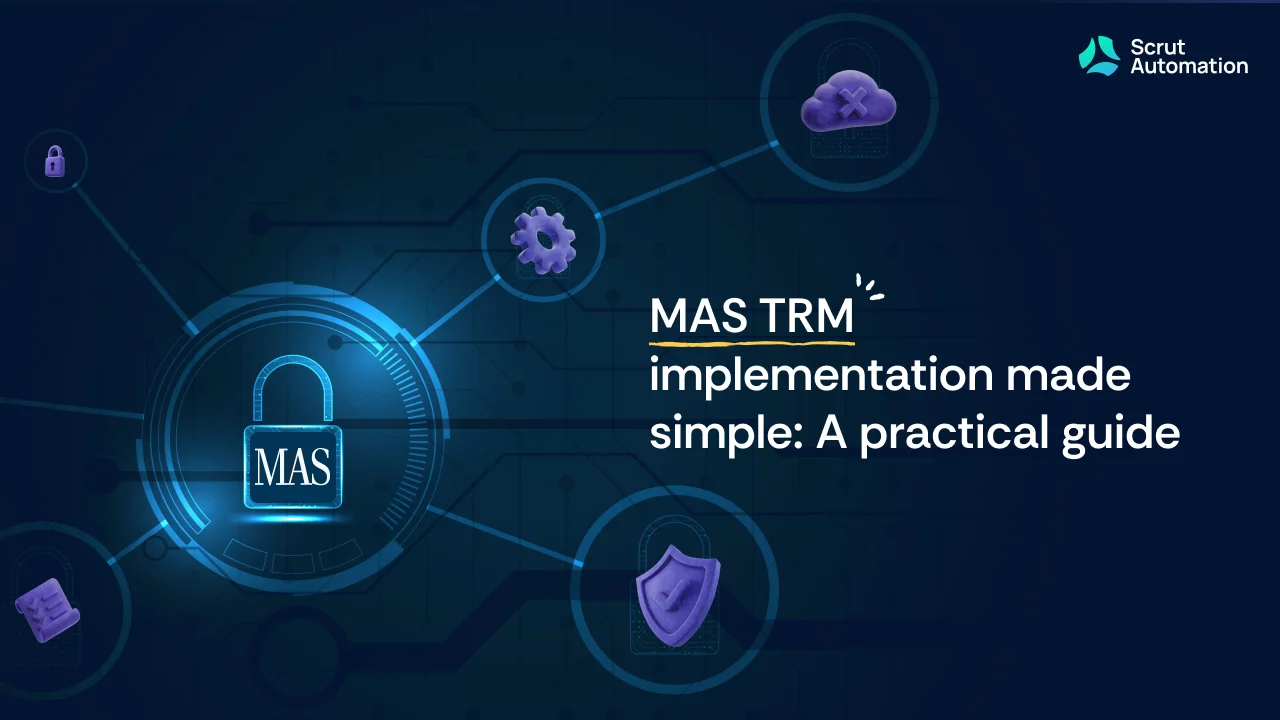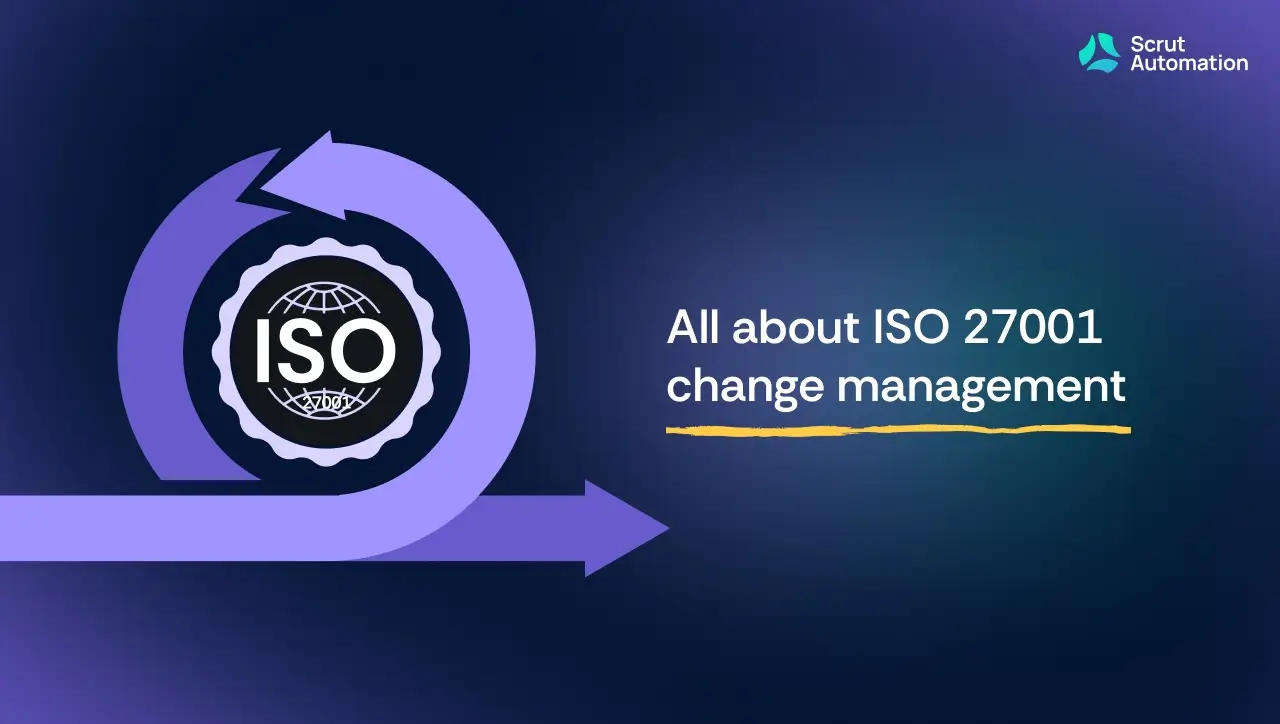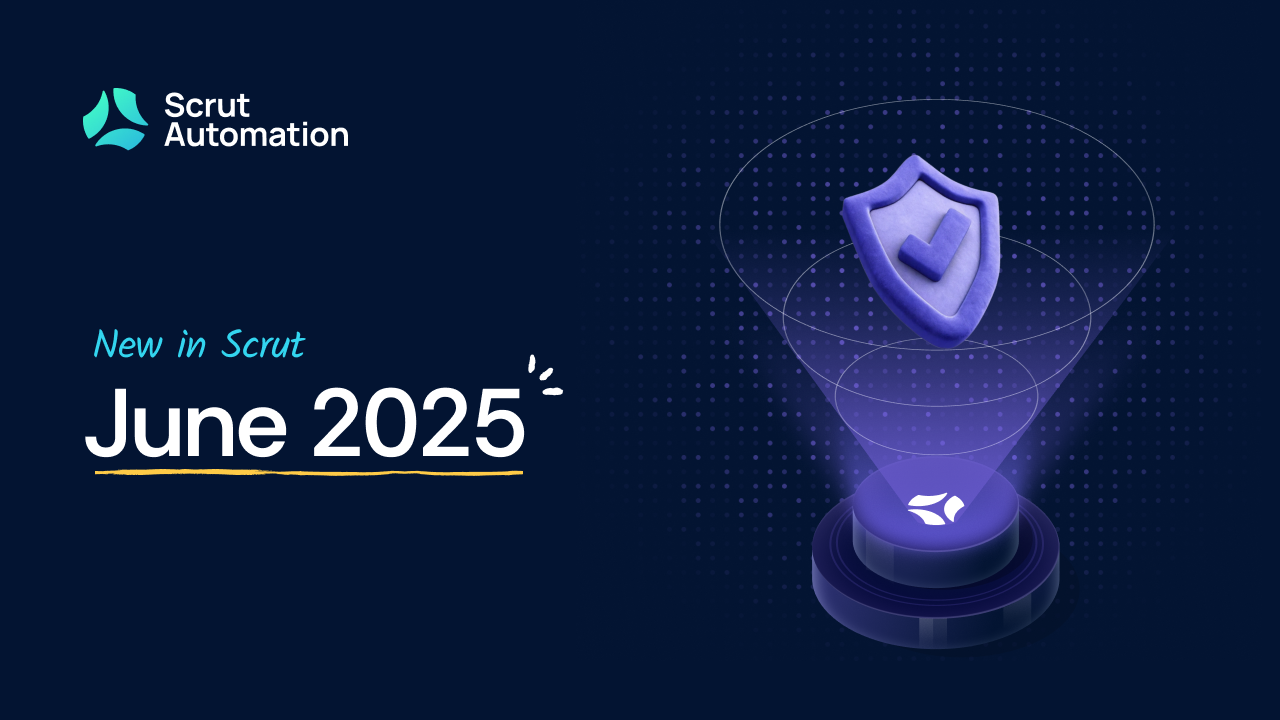5 best practices for a successful SOC 2 audit

Information security has been taken more seriously by organizations than ever. With stringent compliance requirements in place, it’s common to see organizations go back and forth to safeguard customers’ information. Organizations worldwide comply with standards like SOC 2 to establish a strong infosec posture to protect the organization’s data and customers’ information against breaches.
What is a SOC 2 audit?
SOC 2 is a voluntary compliance standard developed by the American Institute of Certified Public Accountants (AICPA), which specifies how organizations should manage customer data. The organization's internal controls are evaluated against 5 Trust Services Criteria (TSC)- security, availability, processing integrity, confidentiality, and privacy.
The service organizations receive and share SOC 2 report with customers, stakeholders, and investors to demonstrate that their IT controls are in place to secure the customer's data.
Like SOC 1 report, there are two types of SOC 2 reports- SOC 2 Type 1 and SOC 2 Type 2. A SOC 2 Type 1 report addresses the organization's security design at a specific time. In contrast, a SOC 2 Type 2 report addresses the operating effectiveness and consistency of internal controls over a period of around 6 to 12 months.
What are the five best practices for a successful SOC 2 audit?
Preparing for a SOC 2 audit is a complex, lengthy, and labor-intensive process. It gets even more difficult if you undergo a SOC 2 audit for the first time. This blog will look at five best practices to streamline and accelerate your SOC 2 audit process.
1. Implement robust infosec policies
Organizations should implement administrative policies that match their structure, technologies, and everyday workflows. The policies should be written in simple English that your employees can understand.
Policies define how security controls across applications and infrastructure should be implemented. And it illustrates steps for managing security in the workplace. You can find more details on the foundational policies needed for a successful SOC 2 audit here.

2. Set technical security controls
Once administrative security policies are developed, the organization must work to ensure that the technical security controls are in place across the applications and infrastructure. Your organization should implement security controls to match the infosec policies laid out.
Develop security controls and implement solutions around:
- Backup
- Encryption
- Audit logging
- Access control
- Vulnerability scanning
- Firewall and networking
- Intrusion detection systems
3. Set up anomaly alerts
In today's day and age, it's no longer a question of whether a security incident will occur but when.
Each time an incident occurs, the organizations must have sufficient alerting procedures to notify customers about unauthorized access to data. With all the analytics programs and various management software available on the internet, it's now easier for companies to effectively measure every aspect of business activity.
To have a successful SOC 2 audit, you need to activate anomaly alerts to get notified about
- Unauthorized exposure or modification of data
- File transfer activities
- Account or login access
You can customize the anomaly alerts and notifications according to your organization's environment and risk profiles to avoid false alerts.
4. Perform audit trails
Organizations should develop detailed audit trails for data security incidents to know who, what, when, where, and how to determine an effective remediation plan.
Every minute detail is important – it will enable the team to draw insights on unauthorized exposure or modification of data and configurations, system component changes, and the incident's source and depth.
5. Make forensic data actionable
Monitoring suspicious activity and receiving real-time alerts is crucial. But the organization should also be able to take corrective action on alerts before a system-wide situation occurs.
Detecting and remediating such alerts are key factors for complying with SOC 2. While doing this, the organization's forensic data should provide visibility of the attack's point of origin, travel path, and impact on various parts of the system.
Following the above best practices can help your organization be better equipped for SOC 2 audits and maintain SOC 2 compliance.
Start your compliance process with us!
Scrut Automation is an innovative and radically simple governance, risk, and compliance automation platform for growing startups and mid-market enterprises. With Scrut, compliance teams can reduce ~70% of their manual effort in continuously maintaining compliance towards SOC 2, ISO 27001, GDPR, PCI DSS, HIPAA, and CCPA.

Frequently asked questions (FAQs)
1. How do I maintain SOC 2 compliance?
To ensure SOC 2 compliance, your organization must perform a SOC 2 audit before the current report is past its effective coverage period. Typically, organizations go through a SOC 2 audit once a year.
2. What sort of incidents should I prevent to safeguard my customers' data?
Any incident that threatens the 5 Trust Services Criteria (TSCs) – security, processing integrity, availability, confidentiality, and privacy of customer data is a big no. SOC 2 report ensures your customers that you are monitoring for suspicious activity and can take corrective action quickly if an incident occurs.
3. How do I know if my organization is ready for a SOC 2 audit?
The only way to be sure you're ready for a SOC 2 compliance audit is to review your systems. You can help self-assess your system using readiness assessment.


















